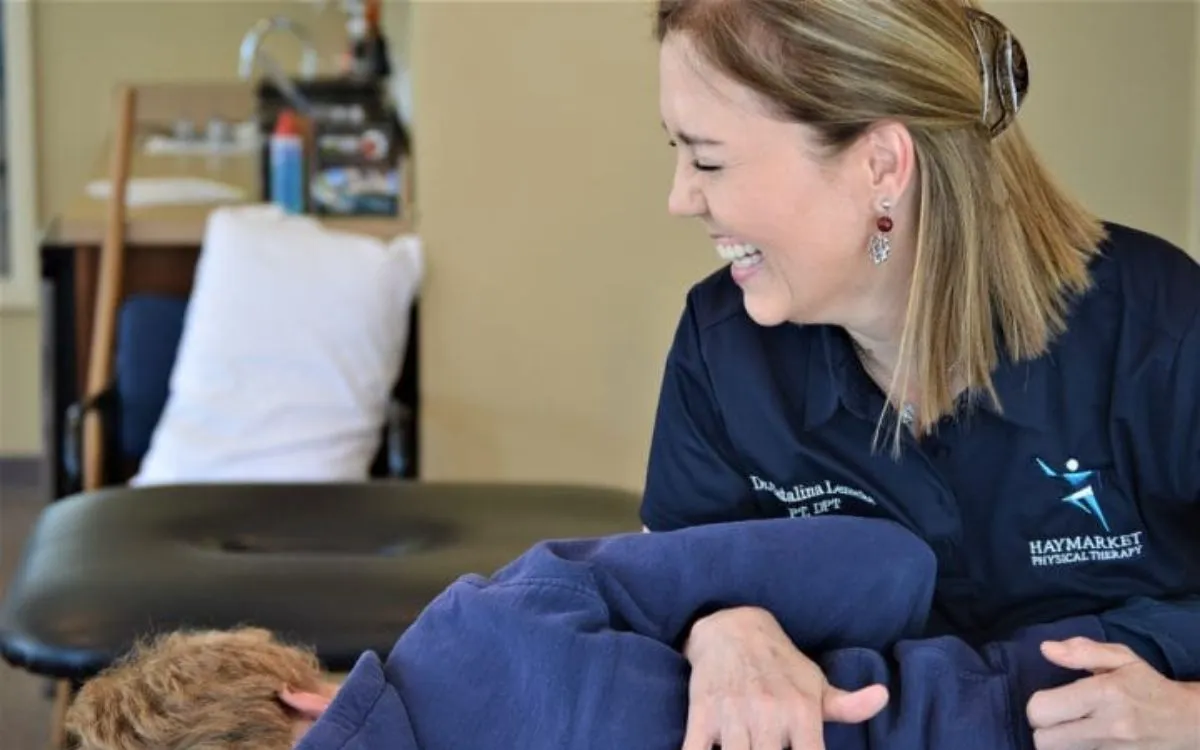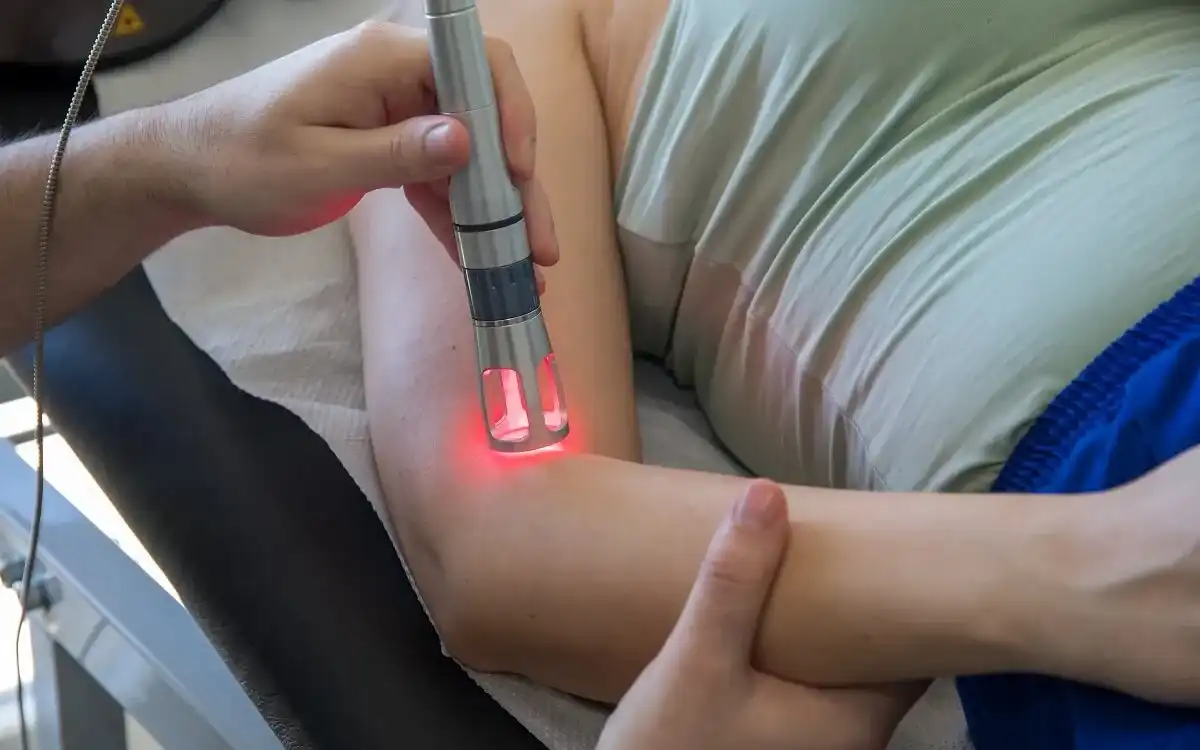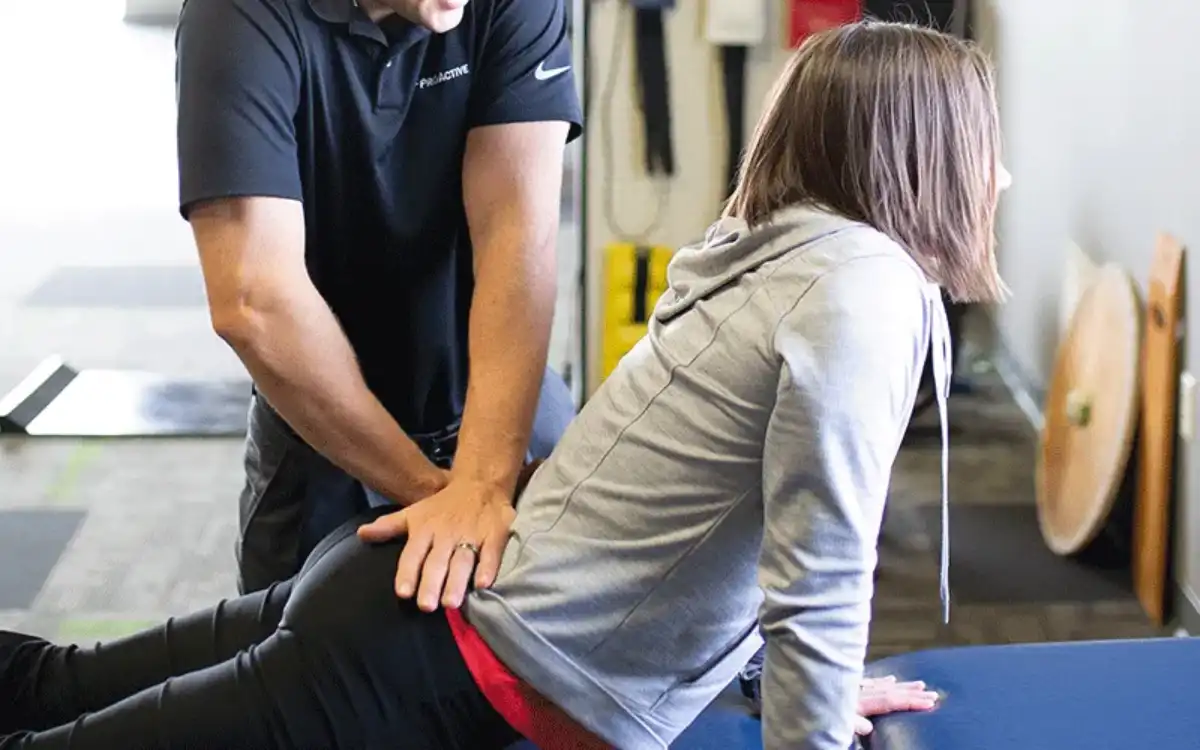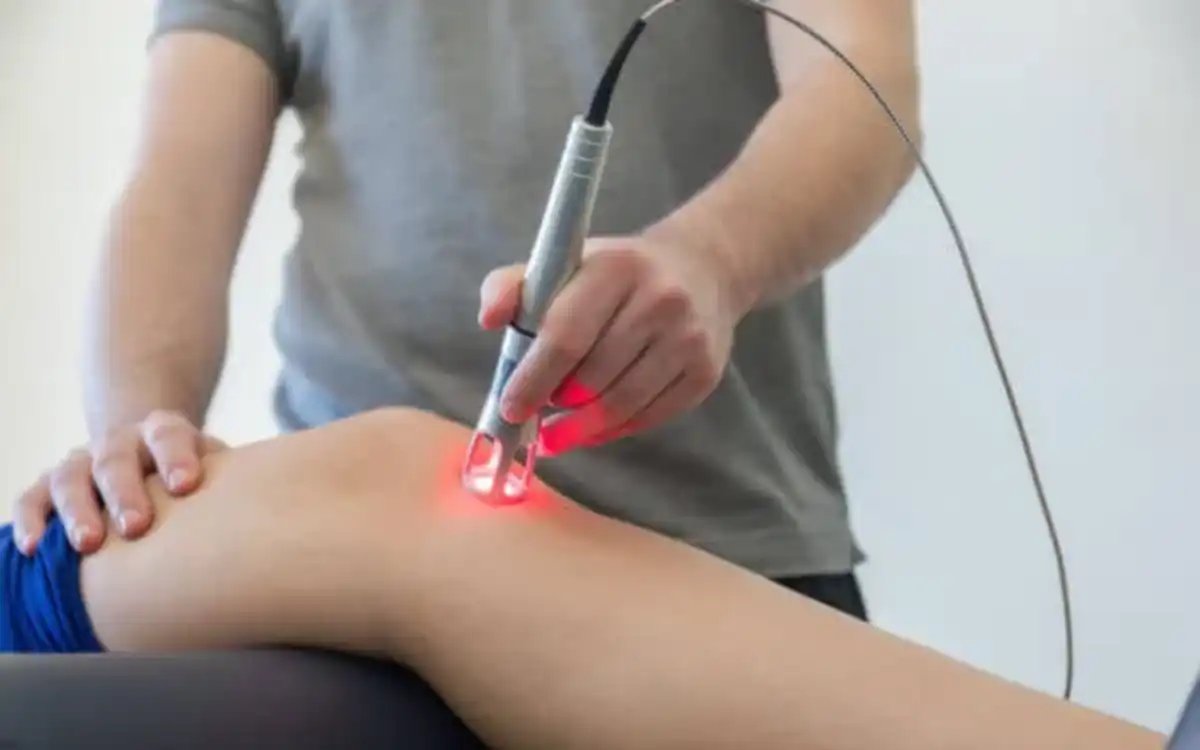OVERVIEW
BPPV and Physical Therapy
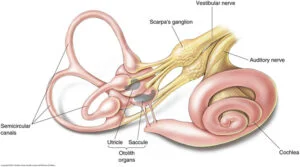
EPLEY MANEUVER IS VERY HELPFUL FOR VERTIGO
Vertigo, especially “benign paraoxysmal positional vertigo [BPPV] is a common disorder that causes spinning, dizziness, and rapid head movements. BPPV is usually idiopathic (of undetermined cause). Head trauma, vestibular neuritis (inflamed vestibulo–cochlear nerve), vertebrobasilarischemia (inadequate blood supply to the brain), inner ear infection are other possible causes.
Hypothesizedly, small particles (called otoconia in semi-circular channels) over-stimulate sense organs (hair cells, cupula). Patients complain of dizziness, and there is a possibility of experiencing nystagmus when the head rotates. It can last from a few seconds up to a minute, and may also be associated with nausea.
The most commonly used therapeutic interventions are Brandt-Daroff, canalith repositioning moves (Epley Maneuver). These treatments aim to move small particles from the semicircular canal to their utricle, where they are no longer able to stimulate the senses.
High-quality research shows that patients who have received treatment for BPPV experience significant improvement in symptoms and positive diagnostic tests.
BPPV is the most common cause of dizziness. However, there are many other causes of vertigo (both peripheral and central). Vertigo should be diagnosed and treated by a doctor or physical therapist.



